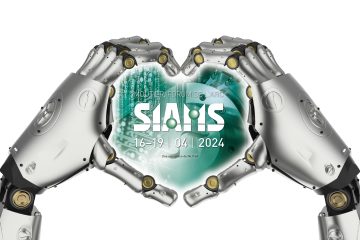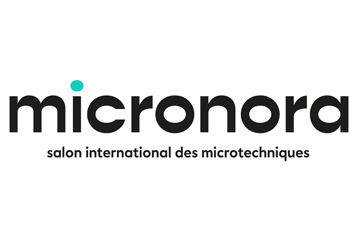An agile, iterative approach has been chosen in order to minimise risks and to quickly demonstrate the potential of the concepts that are conceived, studied and developed in the Lab. The project is broken down into three 5-step iterations:
- Analysis and Specification
- Dsign
- Implementation
- Testing and Approval
- User Feedback and Improvement

The deliverables of the three iterations take the form of open-ended, upgradable prototypes:
- Iteration 1: validation prototype: micro-factory concept comprising functional blocks that are approved in isolation.
- Iteration 2: semi-functional prototype: implementation of the concept and integration of interconnected functional blocks.
- Iteration 3: functional prototype: deployment of the overall concept and integration of self-configurable functional blocks.
The three iterations comprise all of the core technologies to be developed and fit together to form 5 pillars.
The “Smart Machine” pillar consists of identifying, designing and approving “smart”, self-manageable functional blocks capable of working as a network to machine a micro-engineered part. Drawing on the experience acquired with the Micro5, this pillar aims to redesign production resources to make them able to supply information and data about themselves and about the status of the machining processes, with the ultimate goal of achieving closed-loop production where manufacturing is rendered autonomous.
The main aim of the “Hardware and Automation” pillar is to identify and implement solutions that remedy the drawbacks of the automation solutions currently available on the market, which are generally based on numerical control and whose costs and inefficiency limit the performance of the processes. The idea is, in particular, to design and validate axis controllers using miniaturised, low-cost components with the necessary embedded computing power. The developments of this pillar will also include standardisation of the connectors and the redundancy of certain elements to guarantee 24/7 availability.
The “Workflow Management” pillar incorporates the design and validation of a system that is modular and flexible, is adapted to the micro-factory concept, and can handle logistics between the machining, checking, finishing and other processes. The movements between the functional blocks will be based on vertical and horizontal shuttles, providing the freedom to add the necessary manipulators for the defined applications. The overall efficiency of the micro-factory will be heavily dependent on the efficiency and adaptability of the workflow management system, which will draw on the concept of how elevators move.
The “Mechanical Architecture” pillar consists of designing and validating a mechanical structure that is robust, stable, scalable, and capable of hosting various technologies in the form of functional blocks, while also ensuring that the production resources can be reconfigured quickly and automatically depending on needs and constraints. This pillar physically integrates the preceding pillars in order to utilise the vertical dimension while, among other things, avoiding problems caused by interference between functional blocks. There are also plans to integrate pooled peripherals and to standardise the connectors.
The “Software” pillar aims to design and implement software solutions that enable the functional blocks to be networked and orchestrated, and the fabrication processes to be managed efficiently through value networks that are customer-centric and data-driven, or indeed demand-driven. This pillar involves studying the OPC Unified Architecture-type communications standards designed for interconnection and data harvesting, based on the selected hardware components and the necessary developments of a digital mock-up that integrates all production information, starting from the design of the parts to be fabricated.



